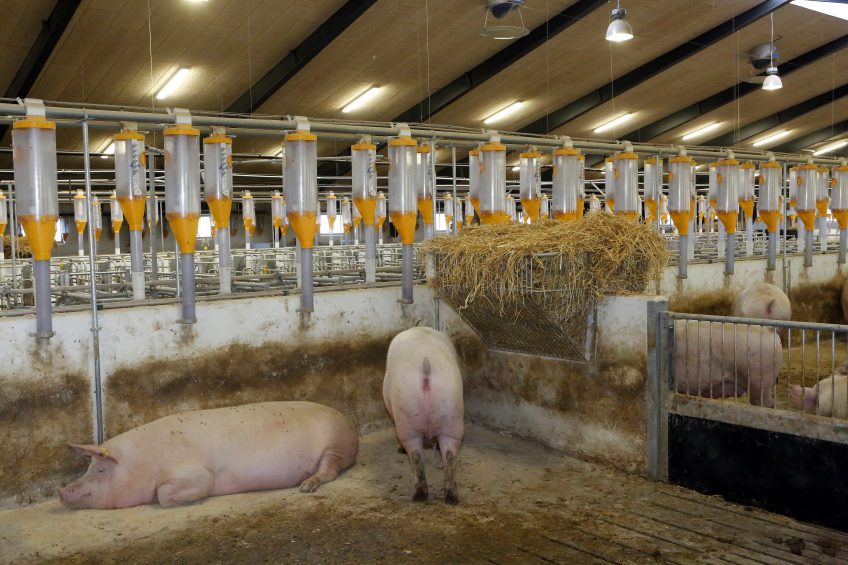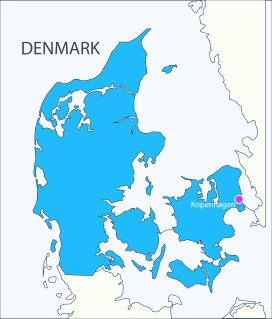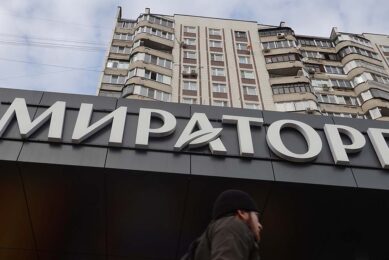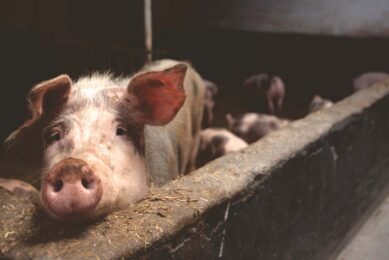Denmark’s pig production – modern, efficient, changing

It’s difficult to find the right words to correctly describe the pig industry in Denmark. Thirsty for knowledge and improvement, the country has been a shining example for many in the pig industry. And they do recognise their own challenges well in advance too.
There are strong arguments for the Danish pig industry being an exemplar for the key metrics of global pig production and marketing in the 21st century. This is a strong statement especially when the UN’s Food and Agriculture Organization (FAO)’s statistics list China, the US, Germany, Spain, Brazil and Vietnam as the top six producers of pork. But efficiency is a relative concept: it’s about getting more from less.
The Danes, by almost all measures, have consistently shown how more pigs and pig meat can be produced from fewer inputs – and still meet modern (and future) norms for disease control, animal health, welfare of animals, the workforce on the farm and in the slaughterhouse. Moreover, their industry’s profile is younger, more knowledgeable and research-driven and very customer (export) oriented.

Denmark at a glance
Denmark is a relatively small country, with an area of 43,094 km2. The country enjoys a temperate climate with mild, windy winters and cool summers. Add to this a low and flat to gently rolling plain landscape and there are great opportunities for agriculture in general and pig production in particular. Most of Denmark’s lands are being used for agricultural production (63.4%). Key agricultural products include barley, wheat, potatoes, sugar beets, pork, dairy products and fish. Denmark’s population is about 6 million, with the capital Copenhagen being the country’s largest city (1.3 million population).
World class pig production
It’s undeniable that Danish pig farmers are world class when it comes to producing the highest number of surviving pigs from their breeding herd: the statistics are clear cut with an average performance for the Danish industry of 30.5 piglets weaned per sow per year. This productivity has meant that more and more pigs have been produced from fewer breeding sows over the years. And the Danes are so good at producing piglets that their farming neighbours in Germany are ready customers for weaners born in Denmark.
Figure 1 – Danish pigmeat exports and live pig exports.

More recently, Polish farmers have discovered that the Danes can produce healthy piglets at competitive prices and exports of live pigs from Denmark to Poland have boomed. Danish farmers are generally younger, more innovative and more co-operative than others. They are also supported by a pig research organisation (owned and paid for by the farmers) that invests in work on genetics, animal welfare, antibiotic reduction and a myriad of other key topics that are vital for the future of pig production.
Efficient processing industry
Danish farmers (like all farmers) need an efficient, scaled-up processing industry beyond the farm gate and the Danish industry’s record of marketing and exporting its final product has also been exemplary. The major Danish processor (Danish Crown, one of the top three pig meat processors in the world) is owned by the farmers themselves. Hence, Danish farmers have a big stake in their value chain and that value chain deals with about 2 million tonnes of pig meat that is produced annually – and which creates almost €4 billion of exports. This export value accounts for about two thirds of all pig meat produced by the Danes and, on that basis, Denmark can probably claim to be the most export-oriented pig industry in the world.
Figure 2 – Danish total sows and total pigs, April 2002 –July 2016.

How did Denmark do it? The Danish industry is thirsty for knowledge and recognises new challenges – but it is also one that is under pressure financially and, crucially, is changing and expecting to change. One example of change is the ‘growth panel’ to increase the number of finishing pigs in Denmark. Around 19 million pigs were slaughtered in Denmark in 2015. This is a modest increase from 2014, but that’s not enough pigs to keep Danish Crown running at full capacity. Too many pigs are being sold to Germany and Poland instead of being grown and finished in Denmark.
SEGES, the Danish Pig Research Centre is developing specific initiatives to improve the financial results of finishing units, increase slaughter numbers and exports and create jobs within the pig industry in Denmark. It is also breaking new frontiers on antibiotic use (testing how to reduce antibiotic use to zero) and comparing which loose farrowing systems will work when sow stalls are eventually banned. An end to castration and tail docking are other key policies being researched by SEGES.
Future challenges
Will the future hold only plain sailing? The answer to this is easy because the Danes themselves see challenges and dangers. For example, the growth of live exports is a two edged sword – it delivers revenues and profits to breeders (and Danish genetics suppliers) but is a threat to Danish processors and the whole industry is very vulnerable to the consequences of an outbreak of African Swine Fever or other pig disease that requires quarantine restrictions on the movement of pigs.
Another challenge is the finite limit on the size of a sow’s uterus – can the Danes really continue to increase the number of piglets produced by a sow year after year? And will Danish Crown and the German mega-meat player Tönnies (the new owner of Tican in Jutland), two giants in the meat processing world, be able to coexist as their new strategies begin to bite?
Join 18,000+ subscribers
Subscribe to our newsletter to stay updated about all the need-to-know content in the pigsector, three times a week. Beheer
Beheer









 WP Admin
WP Admin  Bewerk bericht
Bewerk bericht